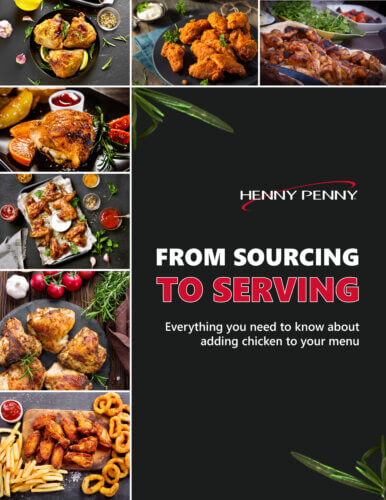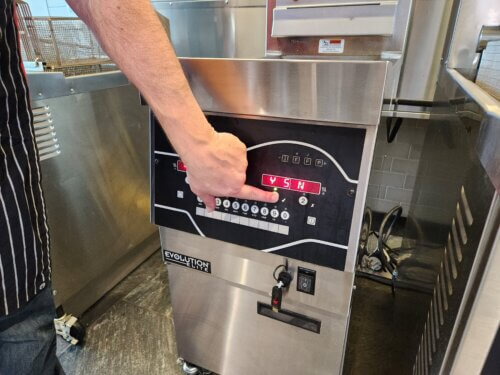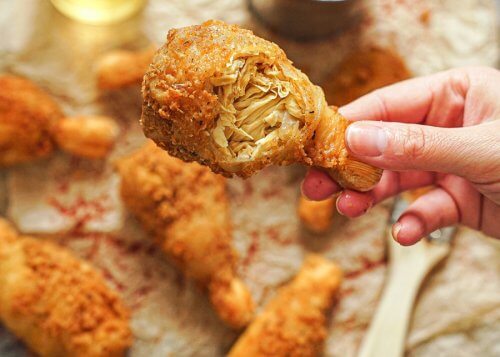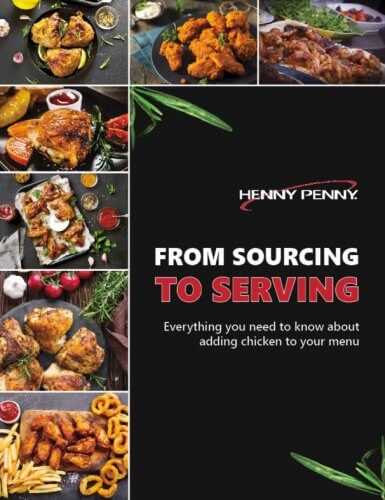
So you’ve got your foodservice brand concept locked-in. You’ve worked on your menu and recipes for months. Now it’s time to fill out your commercial kitchen with fryers, combi ovens, holding cabinets, and more. You might not realize it, but you’re already on your way to choosing Henny Penny fryers over the competition.
In a world where some manufacturers lock you into turnkey programs and drown you in expensive marketing commitments, Henny Penny emerges as the beacon of freedom and quality. Choosing Henny Penny isn’t just a smart decision – it’s a liberation from the constraints imposed by other manufacturers.
Your Recipes, Your Identity.
Some fryer manufacturers resort to gimmicks, imposing restrictive measures on operators and They might invent words like “Broast,” which is just marketing jargon for pressure fried chicken. These manufacturers mandate the use of specific recipes and poultry providers, control geographic territories, demand royalty fees, enforce non-competes, and burden you with marketing fees and obligations. Restaurateurs looking for a turnkey franchise operation might be OK with that, but you don’t have to be.
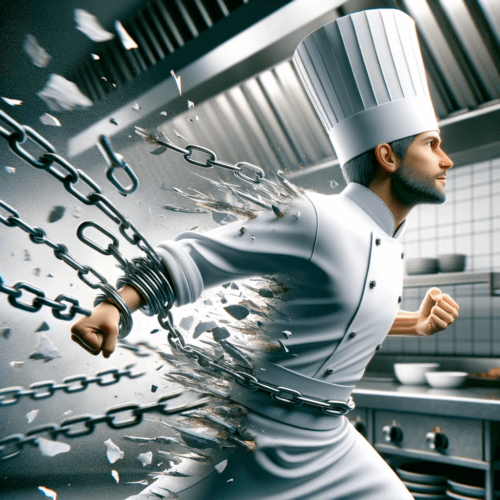
On the other hand, Henny Penny champions your culinary freedom. There are no imposed recipes, no territorial restrictions, and no red tape. Instead, you get the freedom to express your culinary identity and provide customers with the same delicious food and service as the most renowned names in foodservice. You’re free to use our Henny Penny breading and seasonings without paying any extra licensing cost.
Innovation That Doesn’t Play Catch-Up.
Henny Penny fryers aren’t just about design – they embody engineering superiority. Increased load capacity, automatic oil filtration, load compensation, and extended oil longevity makes Henny Penny stand as the global leader in pressure fryers. Henny Penny has been setting the standard for equipment features while other pressure fryer manufacturers are playing catch-up.
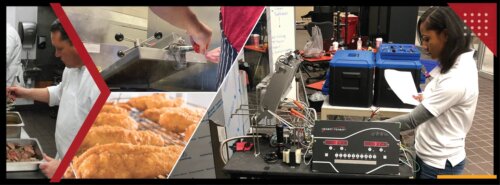
Additionally, Henny Penny was the first to pioneer pressure frying technology back in 1954 when Chester Wagner patented the world’s first commercial pressure fryer. There’s a reason Henny Penny’s name is synonymous with pressure fried chicken.
It’s Hip To Be A Square.

When you hold a round bucket of water and spin it, what happens? The water sticks to the walls, right? The same thing happens in round fryers. Henny Penny’s commitment to innovation is evident all the way down to its square frypots; a stark contrast to some competitors.
Round frypots can result in chicken pieces sticking together during frying, making for extra work and uneven-looking chicken. On the other hand, square frypots create turbulence, preventing such issues.
So What Makes Pressure Frying So Special?

You want to sell fried chicken. It makes sense – fried chicken is insanely popular. When you consider the cost involved and opportunity for profit, adding fried chicken to your menu is a no-brainer. There’s a reason successful restaurant brands like Chick-fil-A, KFC, Lee’s Famous Recipe, and Cracker Barrel trust Henny Penny with their chicken program while keeping their corporate identity.
When it comes to frying proteins […] there’s no substitute to the pressure fryer. Since less moisture is lost during the cooking process, the finished protein is extra juicy and superior in terms of flavor and tenderness. And since pressure frying seals in natural flavors while sealing out excess oil, the product not only tastes better, but it’s healthier too!
Henny Penny: Open Vs. Pressure Frying

Superior taste, texture, and flavor tops the list of reasons why pressure fried chicken is so good. High-volume Restaurants and QSR’s are switching to Henny Penny’s new Velocity fryer due to it’s increased output and less oil volume. The Velocity Series comes with a built-in, automatic oil filtration system and top-off, making it the perfect high-volume solution to save oil, labor, and time. When paired with our heated holding cabinets, you get even more life out of your food.
A Better Way to Add a Fried Chicken Program with Henny Penny.
Freedom To Be You.

In a landscape filled with limitations and gimmicks, Henny Penny rises as the beacon of liberation for restaurateurs and chefs. Choose Henny Penny to break free from the shackles imposed by competitors, lead with innovation, and elevate your foodservice to unprecedented levels. It’s not just about fryers; it’s about choosing a partner that believes in your culinary vision – choose HP Sales Northeast and Henny Penny.

